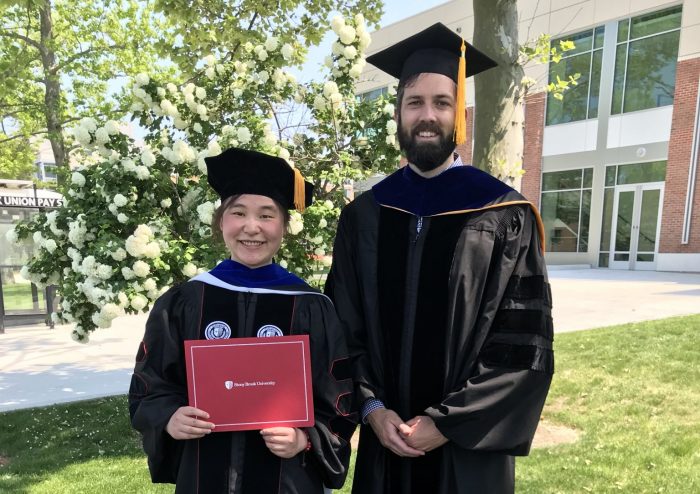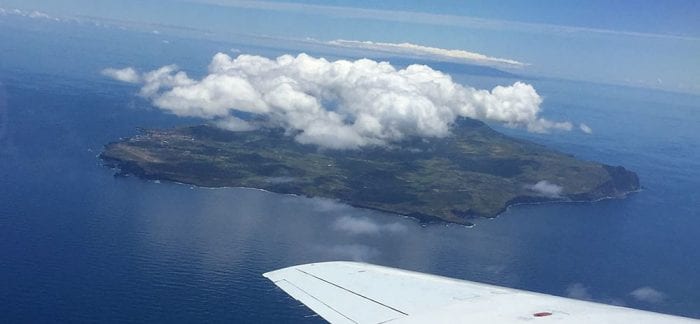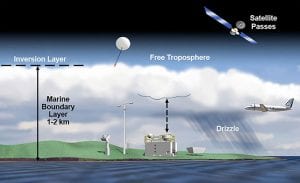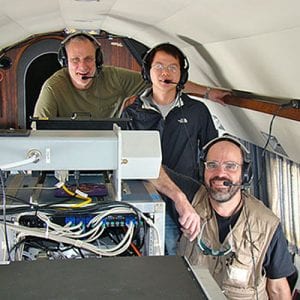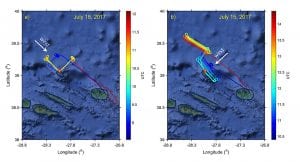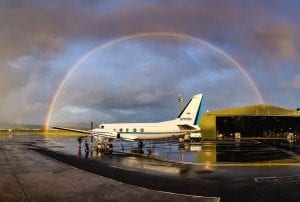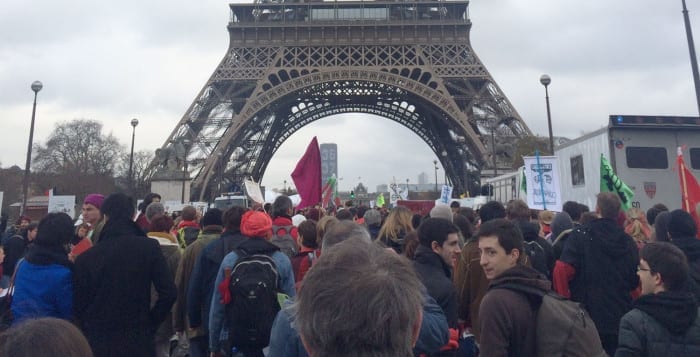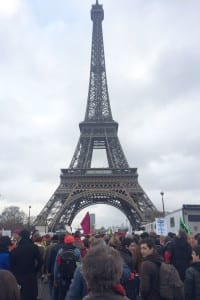By Daniel Dunaief
If they build it, they will understand the hurricanes that will come.
That’s the theory behind the climate model Kevin Reed, Associate Professor at the School of Marine and Atmospheric Sciences at Stony Brook University, and his graduate student Xiaoning Wu, recently created.
Working with Associate Professor Christopher Wolfe at Stony Brook and National Center for Atmospheric Research scientists, Reed and Wu developed an idealized computer model of the interaction between the oceans and the atmosphere that they hope will, before long, allow them to study weather events such as tropical cyclones, also known as hurricanes.
In his idealized program, Reed is trying to reduce the complexity of models to create a system that doesn’t require as much bandwidth and that can offer directional cues about coming climate change.
“When you’re trying to build a climate model that can accurately project the future, you’re trying to include every process you know is important in the Earth’s system,” Reed said. These programs “can’t be run” with university computers and have to tap into some of the biggest supercomputers in the world.
Reed’s work is designed to “peel back some of these advances that have happened in the field” which will allow him to focus on understanding the connections and processes, particularly between the ocean and the atmosphere. He uses fewer components in his model, reducing the number of equations he uses to represent variables like clouds.
“We see if we can understand the processes, as opposed to understanding the most accurate” representations possible, he said. In the last ten years or so, he took a million lines of code in a climate model and reduced it to 200 lines.
Another way to develop a simpler model is to reduce the complexity of the climate system itself. One way to reduce that is to scale back on the land in the model, making the world look much more like something out of the 1995 Kevin Costner film “Waterworld.”
About 30 percent of the world is covered by land, which has a variety of properties.
In one of the simulations, Reed reduced the complexity of the system by getting rid of the land completely, creating a covered aqua planet, explaining that they are trying to develop a tool that looks somewhat like the Earth.
“If we could understand and quantify that [idealized system], we could develop other ways to look at the real world,” he said.
The amount of energy from the sun remains the same, as do the processes of representing oceans, atmospheres and clouds.
In another version of the model, Reed and Wu represented continents as a single, north-south ribbon strip of land, which is enough to change the ocean flow and to create currents like the Gulf Stream.
The expectation and preliminary research shows that “we should have tropical cyclones popping up in these idealized models,” Reed said. By studying the hurricanes in this model, these Stony Brook scientists can understand how these storms affect the movement of heat from around the equator towards the poles.
The weather patterns in regions further from the poles, like Long Island, come from the flow of heat that starts at the equator and moves to colder regions.
Atlantic hurricanes, which pick up their energy from the warmer waters near Africa and the southern North Atlantic, transfer some of that heat. Over the course of decades, the cycling of that energy, which also reduces the temperature of the warmer oceans, affects models for future storm systems, according to previous studies.
Reed said the scientific community has a wide range of estimates for the effect of hurricanes on energy transport, with some researchers estimating that it’s negligible, while others believing it’s close to 50 percent, which would mean that hurricanes could “play an active role in defining” the climate.
Reed’s hypothesis is that a more rapid warming of the poles will create less of an energy imbalance, which will mean fewer hurricanes. This might differ in various ocean basins. He has been studying the factors that control the number of tropical cyclones.
Reed and Wu’s research was published in the Journal of Advances in Modeling Earth Systems in April.
Wu, who is completing her PhD this summer after five years at Stony Brook, described the model as a major part of her thesis work. She is pleased with the work, which addresses the changing ocean as the “elephant in the room.”
Oftentimes, she said, models focus on the atmosphere without including uncertainties that come from oceans, which provide feedback through hurricanes and larger scale climate events.
Wu started working on the model in the summer of 2019, which involved considerable coding work. She hopes the model will “be used more widely” by the scientific community, as other researchers explore a range of questions about the interaction among various systems.
Wu doesn’t see the model as a crystal ball so much as a magnifying glass that can help clarify what is happening and also might occur in the future.
“We can focus on particular players in the system,” she said.
A native of central China, Wu said the flooding of the Yangtze River in 1998 likely affected her interest in science and weather, as the factors that led to this phenomenon occurred thousands of miles away.
As for her future, Wu is intrigued by the potential to connect models like the one she helped develop with applications for decision making in risk management.
The range of work she has done has enabled her to look at the atmosphere and physical oceanography and computational and science communication, all of which have been “useful for developing my career.”

